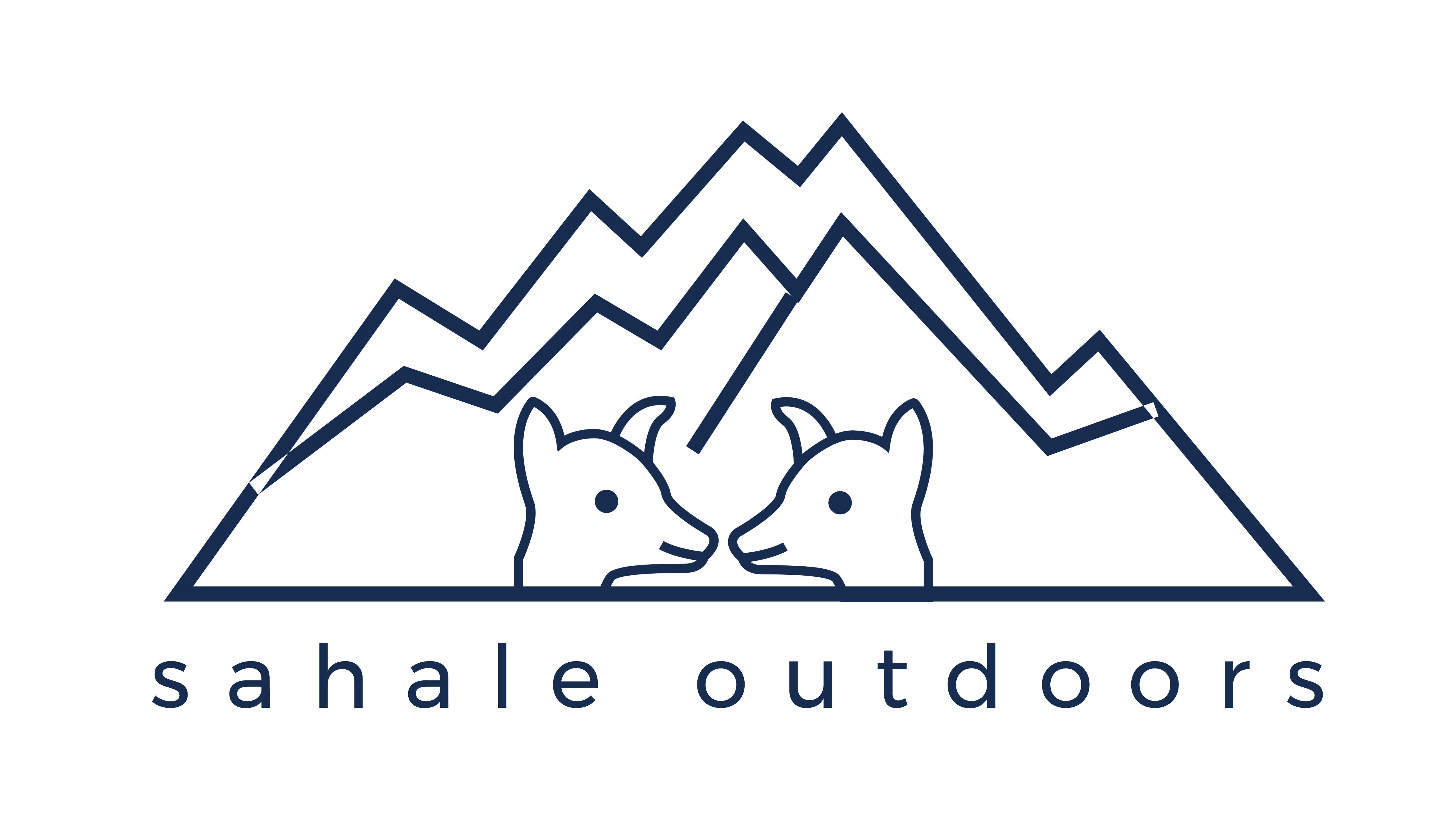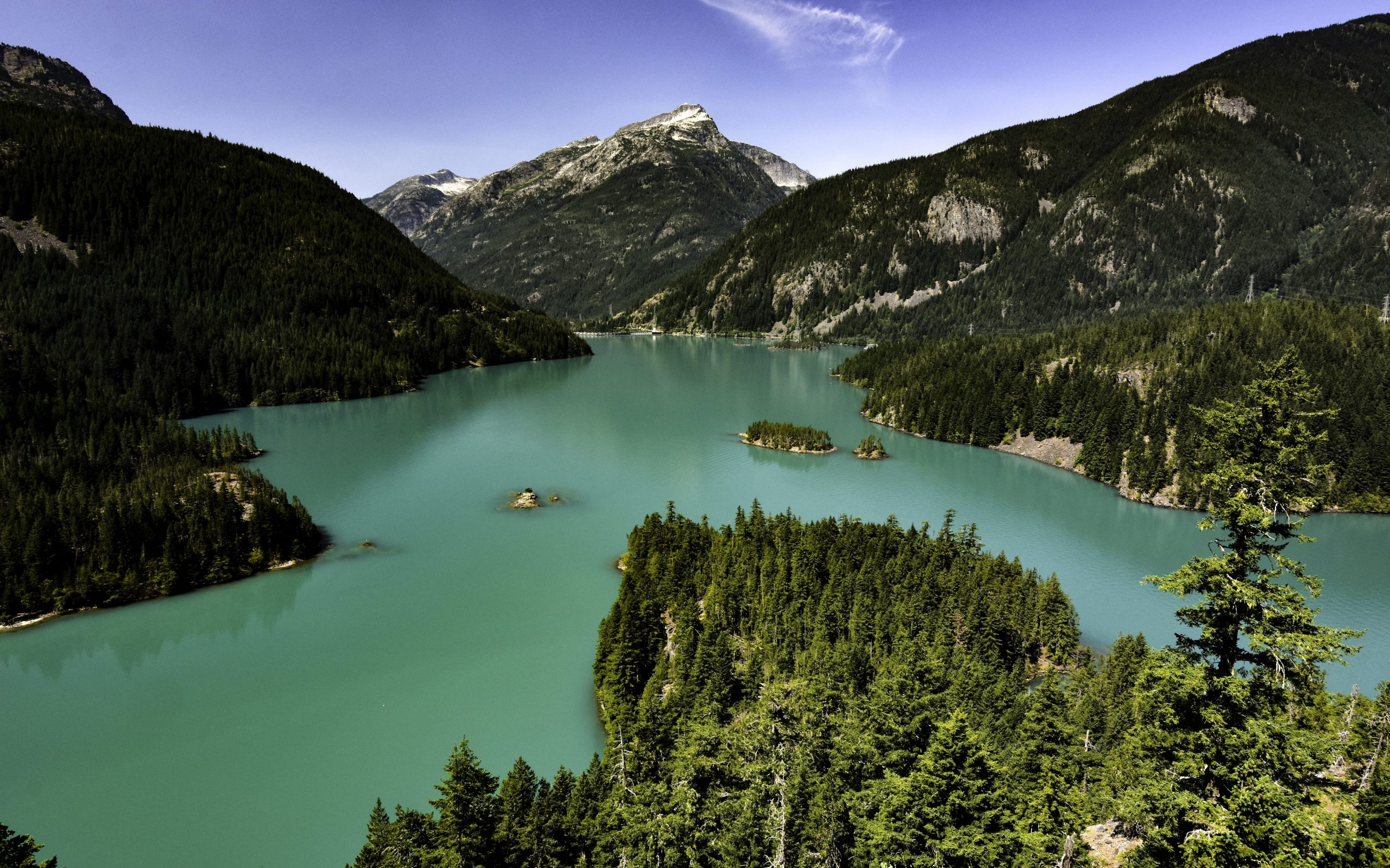
Ross Lake High School
North Cascades: Ross Lake
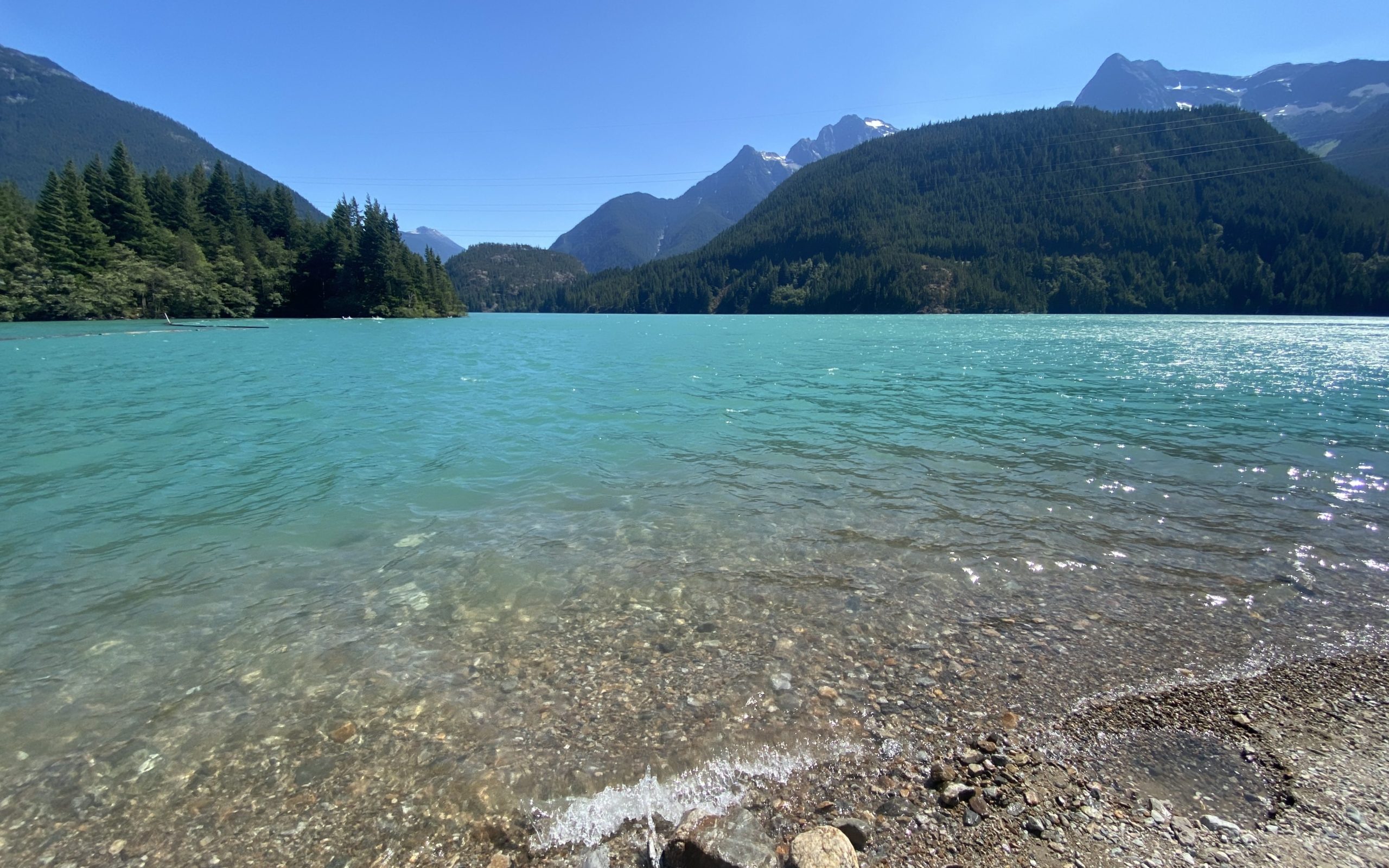
Trip Details
Make your way alongside Ross Lake in the beautiful North Cascades and marvel at the the vivid blue-green water of the lake, the beautiful waterfalls and wildflowers, and the abundant wildlife that call this rugged landscape home. Unlike most trails in the North Cascades, our Ross Lake route keeps the trip beginner friendly with moderate inclines, short distances, and lots of time to explore, play, and experience the breathtaking gifts of the Skagit watershed. On the last day, from nine miles out, a water taxi will pick you up and drop you off only 3 miles down trail from the vehicle, for a unique experience only this trip offers.
We provide all needed gear, including boots and clothing if notified 4 weeks ahead of time. Food from lunch on the first day to lunch on the last day is provided, and we will send you a menu and food options form to fill out before your trip. Transportation is provided from the meet location in Edgewood and back.
Gear Provided
- Tent
- Backcountry sleeping pad
- Multi-day backpack
- Sleeping bag
- All meals from lunch the first day through lunch on the last day
- All entrance fees, permits and passes
- First-aid kit and satellite phone
- Group kitchen and food service gear
- Water bottles
Learning Goals
- Leave no trace
- Gear management
- Plant and wildlife identification
- Basic backpacking skills such as cooking, campfires, filtering water, first-aid
- Map reading
- Local geography
- Cultural history
Documents
- Packing Checklist
- How to Not Overpack A guide to packing for your backpacking trip, with what to bring, what not to bring, and how to be prepared for gear malfunctions while still packing light.
- Pooping in the Woods What to expect.
- Periods in the Backcountry What to bring and how to plan when backpacking on your period.
- Backpacking and Binding Strategies for backpacking if you will be wearing a binder.
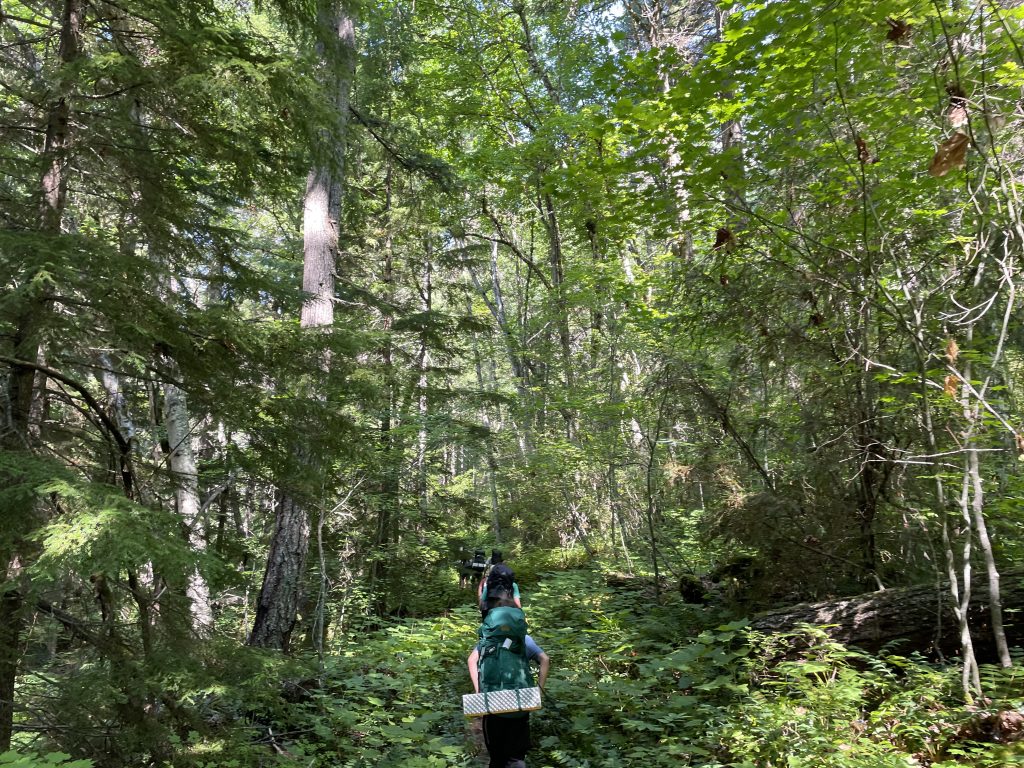
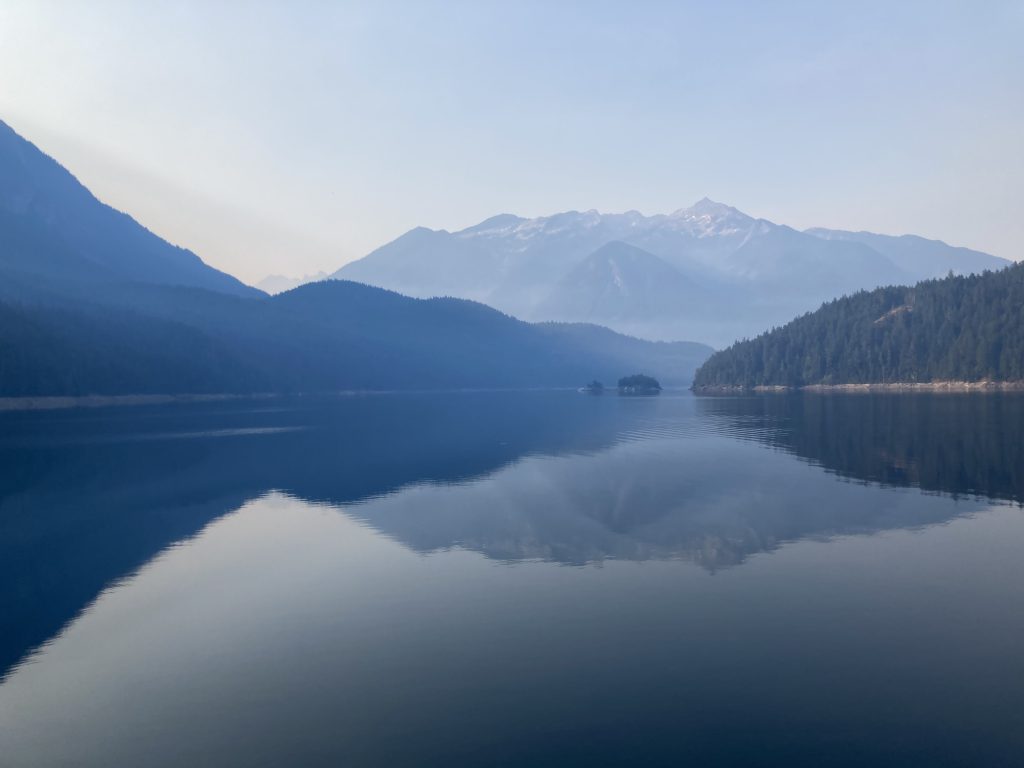

What to Expect
Orientation
All our trips start with an orientation process during which our guides check participant’s gear, go over the schedule and itinerary for the trip, and help participants pack their backpacks. We complete this orientation regardless of experience level. During the orientation, all participants will have the option to borrow Sahale Outdoors gear, even if they brought their own backpack, sleeping bag, mess kit, etc. The orientation process usually takes 1-2 hours.
Day 1: Museum and Campground
On the first day, we will head to the area in which we will be hiking and visit a museum that highlights the Indigenous history of the land we will be on. Whenever possible, we visit and support museums that are managed by Native nations. After the museum visit, we camp at a front country campground near the trailhead. The first night, there will be access to a bathroom (sometimes with running water) and the vehicle.
Day 2-5: Backpacking
Our tentatively planned route is as follows, although campsite order and water taxi ride may vary depending on the available permits for camping locations. The guides will lead the group at a beginner’s pace, with rests as needed.
Day 2: Backpack 2.8 miles to first camp
Day 3: 3.9 miles to next camp
Day 4: Rest day and exploration from camp
Day 5: 1.2 miles to water taxi pick-up and back to first campsite, 2.8 miles back to trailhead (4 miles total)
Returning home
The last day of the trip will consist of hiking out to the vehicle and driving back to base. It’s difficult to predict the exact timeline, as group speed, route, campsite choice, and traffic are all factors. In general, we try to get back to our base in Fife around 4-5 PM.
Difficulty Level
Low: 1800 feet of gentle elevation gain, 12 miles over four days, short daily distances
Length
Five days
2026 High School Dates
July 20-24
Book Your Trip
Pricing includes gear rental, food, transportation, and all entrance fees, permits, and passes.
25% of the total trip cost is due at sign-up, with the remainder due one month before the trip date. You are welcome to pay in installments, contact trips@sahaleoutdoors.org to set up a payment plan.
Our mission is to make outdoor recreation accessible to all. If you cannot afford the total trip cost, request sliding scale pricing here:
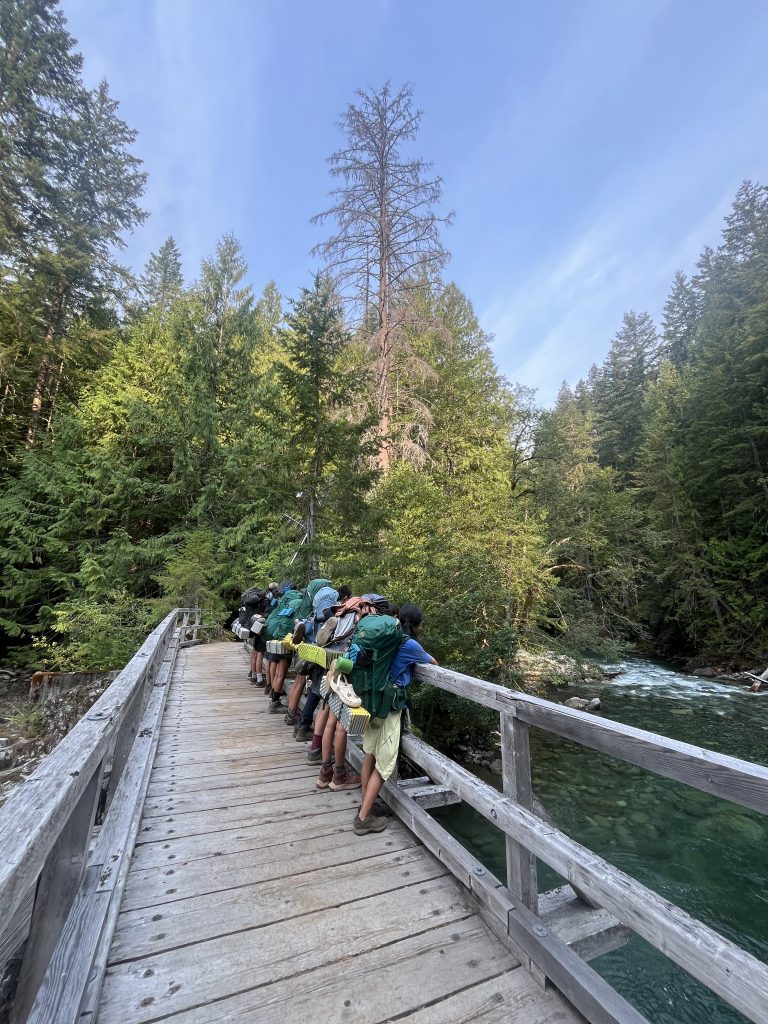
Indigenous Land
Upper Skagit
“When I was young, the first time I saw the dewatered Skagit, I would say that was a life-altering moment for me. This is terribly wrong…[It would be a] disservice to our ancestors that sacrificed so much if we don’t make this work, if we let these salmon go by the wayside, if we let our culture degrade.”
Scott Schuyler, Upper Skagit Tribal Elder
The eleven predecessor bands that compose today’s Upper Skagit tribal nation include the Nuwha’ha, Nookachamps, Bsigwigwilts, Bsxwexwehwa’1, Chobahahbish, Sabelxu, Saylayotsid, Shayayotsid, Kwabatsabsh, Sahkumehu, and Skaywih. Members of these bands carried on fishing, shellfishing, hunting and gathering activities from the saltwater areas all the way to the mountainous upper reaches of the Skagit River, adjacent areas and, for hunting and gathering, even into Eastern Washington. Upper Skagit people hunted game (including deer, elk, cougar, and mountain goat), on mountains and high locations, at streams and lakes, at meadows and on the plains.
Today, the Upper Skagit, along with the Sauk-Suiattle, the Swihomish, and other Skagit river area tribes, are fighting for the state of Washington and Seattle City Light to open the upper 60 miles of the Skagit River to chinook salmon, steelhead, and bull trout by removing dams or building fish ladders for the three hydroelectric dams that currently provide power to the city of Seattle. At present, there is no way for these endangered fish to travel past Gorge Dam, Diablo Dam, or Ross Dam, the three Skagit River Hydroelectric Project dams that fully block the Skagit river beginning at the historical sacred “Valley of the Spirits,” which is now de-watered or flooded by Gorge Dam.
